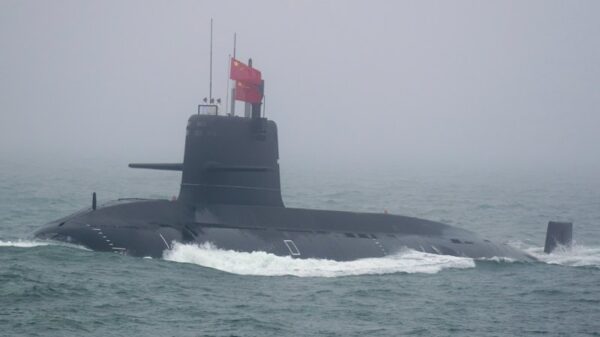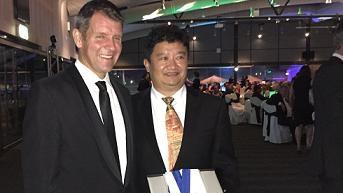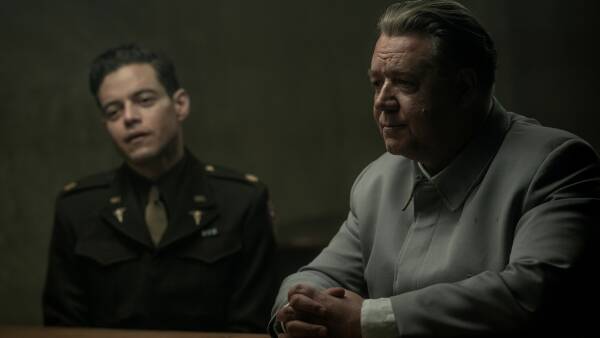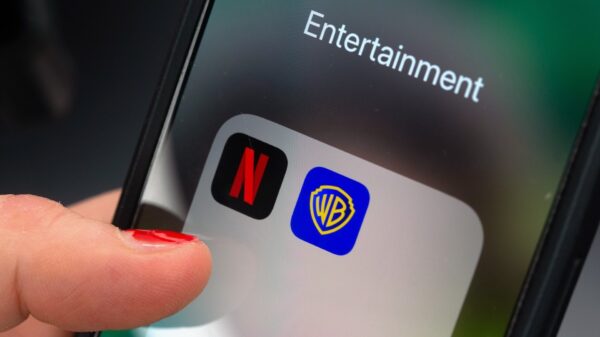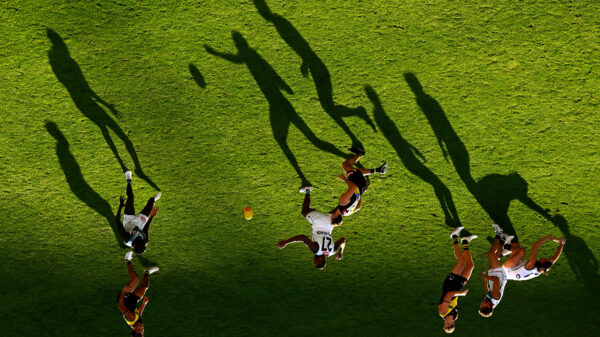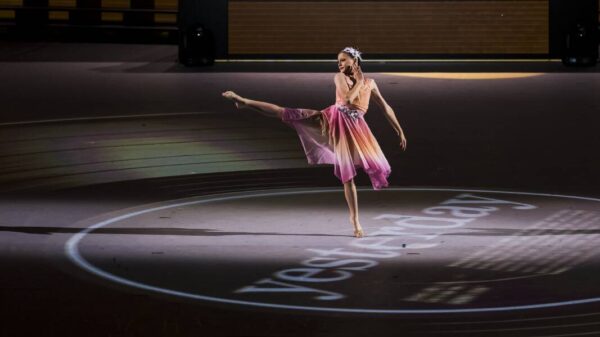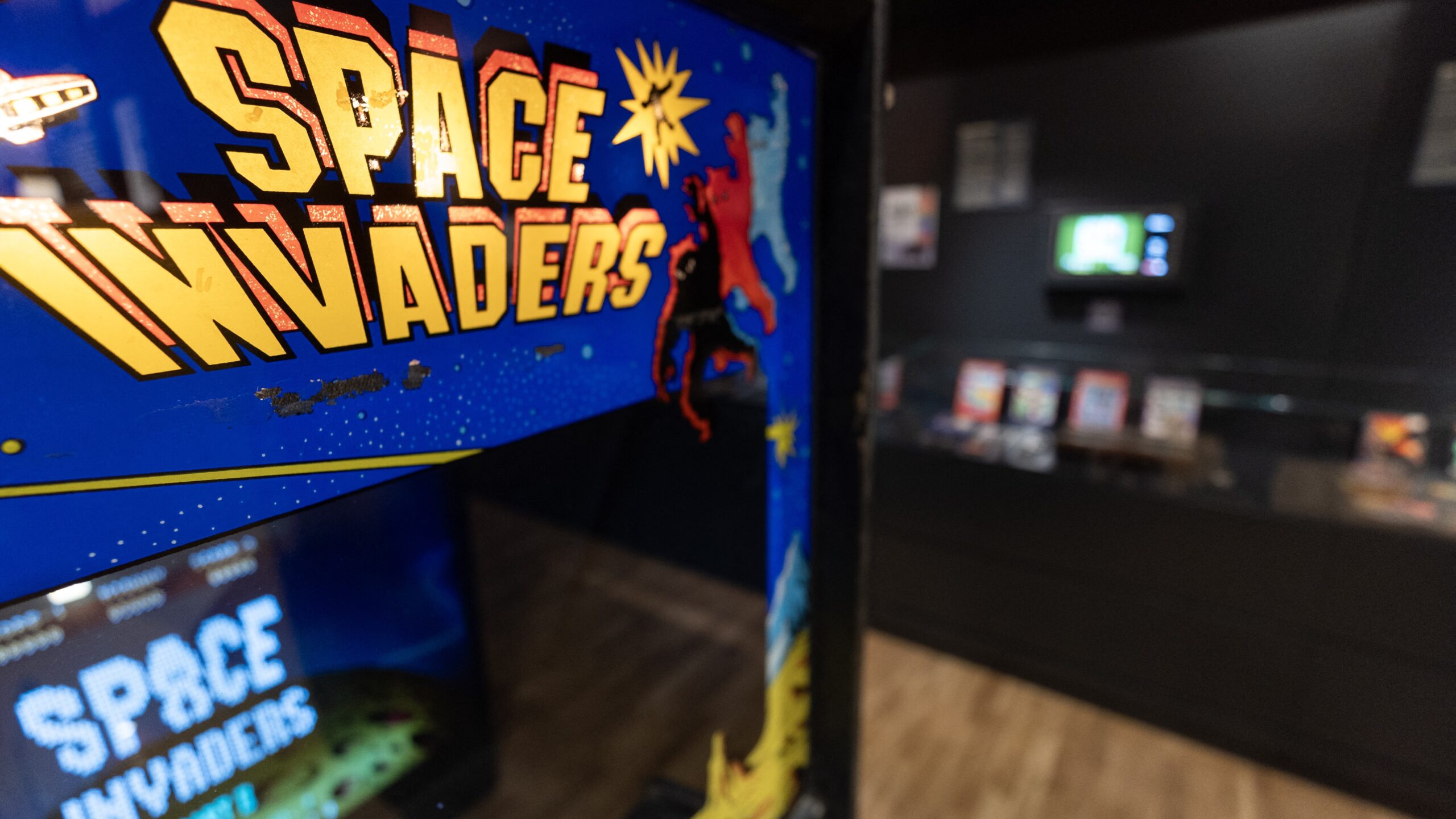Tomohiro Nishikado, the visionary behind the iconic arcade game Space Invaders, recently shared insights into his pioneering career and the challenges he faced at Taito. In a detailed interview with Time Extension, Nishikado recounted designing the groundbreaking 1978 game that became a cultural phenomenon and a bestseller in arcades worldwide.
Early Innovations and Challenges
Nishikado’s journey began at a Taito subsidiary, where his first major project, Sky Fighter, used mirrors to create the illusion of flight. This innovative approach laid the groundwork for his future endeavors in electronic gaming. He was particularly inspired by early American electronic games, such as Atari’s Pong, which motivated him to explore the potential of video games. Despite his enthusiasm, Taito’s sales team was skeptical, often dismissing electronic games as unsellable.
Undeterred, Nishikado developed a series of sports games, starting with a soccer game that differentiated itself from Pong clones by featuring two players on each side. This was followed by a basketball game, which was notable for introducing human-like characters—a first in video game history.
The Birth of Space Invaders
It was Nishikado’s fascination with Atari’s Breakout that sparked the creation of Space Invaders. The simplicity of Breakout, with its abstract play, inspired him to focus on the fun factor rather than graphics. He envisioned replacing Breakout’s blocks with characters and transforming it into a shooting game. This idea evolved into Space Invaders, where players clear the screen of alien invaders, inspired by HG Wells’ The War of the Worlds.
The game’s success was unprecedented, although Nishikado lamented technical limitations that prevented the aliens from moving faster. Despite its triumph, corporate culture at Taito led to Nishikado being reassigned from game development to projects focused on amusement robots, reflecting the sales team’s narrow focus on arcade games.
Reflections on Creativity and Industry Trends
Nishikado emphasized the importance of creative freedom in game development. He critiqued Taito’s shift towards sales-driven projects, arguing that original ideas should precede managerial decisions. His advice to aspiring developers is to learn from classic games, focusing on core design and playability rather than graphics.
As a pivotal figure in gaming history, Nishikado’s innovations continue to resonate, reminding the industry of the value of creativity and the timeless appeal of engaging gameplay.







